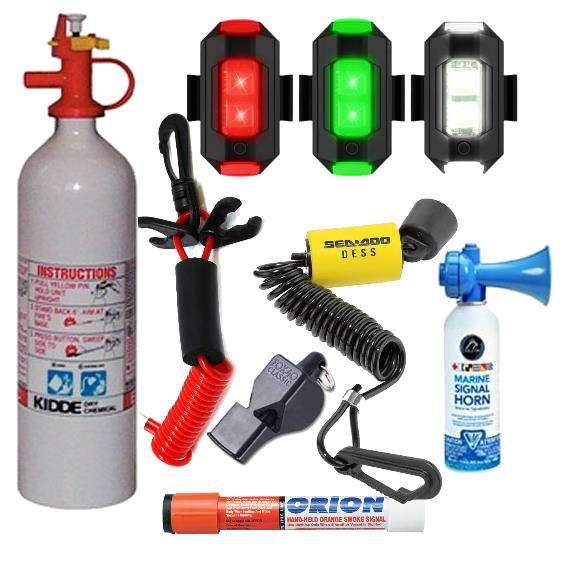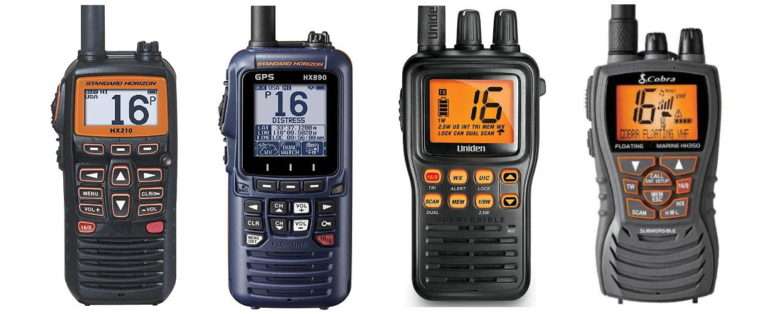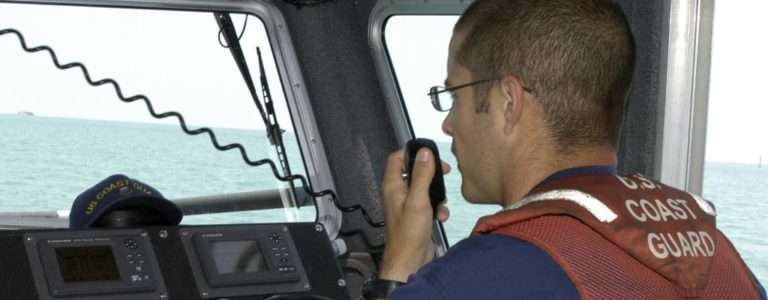The excitement and freedom of open water jet skiing brings a unique set of challenges, one of which is refueling. Delving into this complexity, we offer practical advice and innovative solutions, ensuring your jetski doesn’t run out of fuel when you’re far from the shore. Get insights on the trials of manually pouring fuel from portable gas cans, the practicality of portable electric pumps, and the convenience of using a gas rack for easy refueling. Whether you’re an experienced jet skier or a beginner venturing into open water, this article is a handy guide to understanding and managing open water refueling, keeping your adventure safe and thrilling.
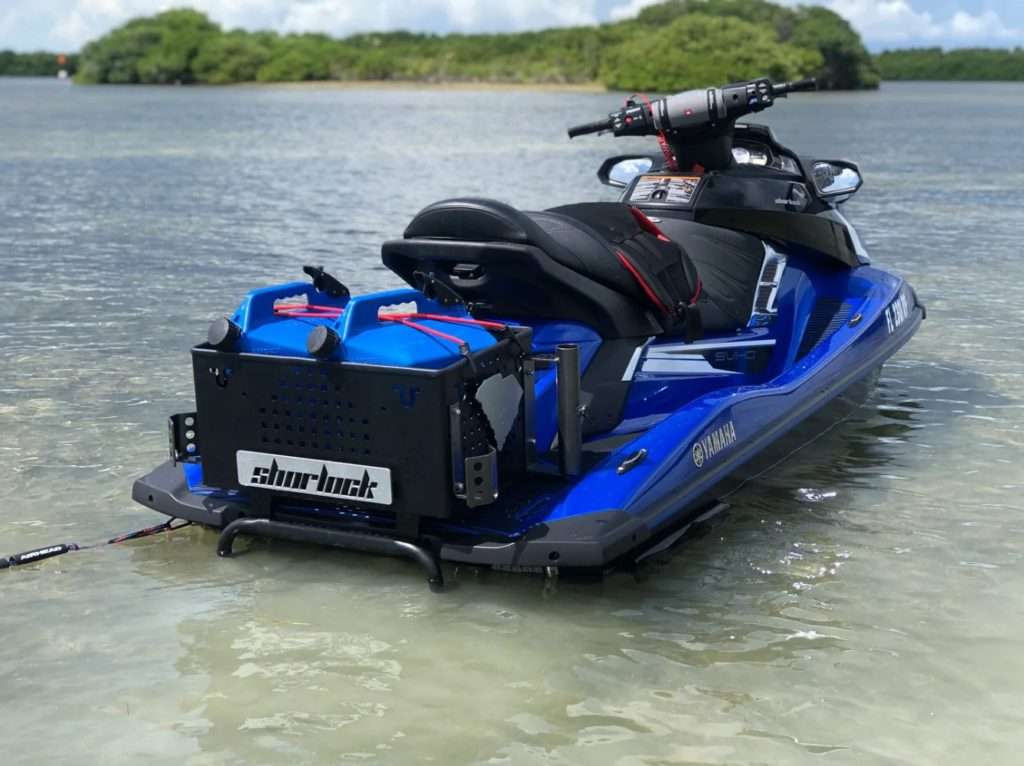
FUEL STORAGE
Navigating the open waters on a jetski necessitates careful consideration of fuel storage. With varying types of portable gas cans available, each with their distinct features, understanding your options is essential for efficient and safe refueling. In this section, we delve into the common types of portable gas cans suitable for jet skiing adventures, outlining their benefits and potential drawbacks.
Basic Gas Cans
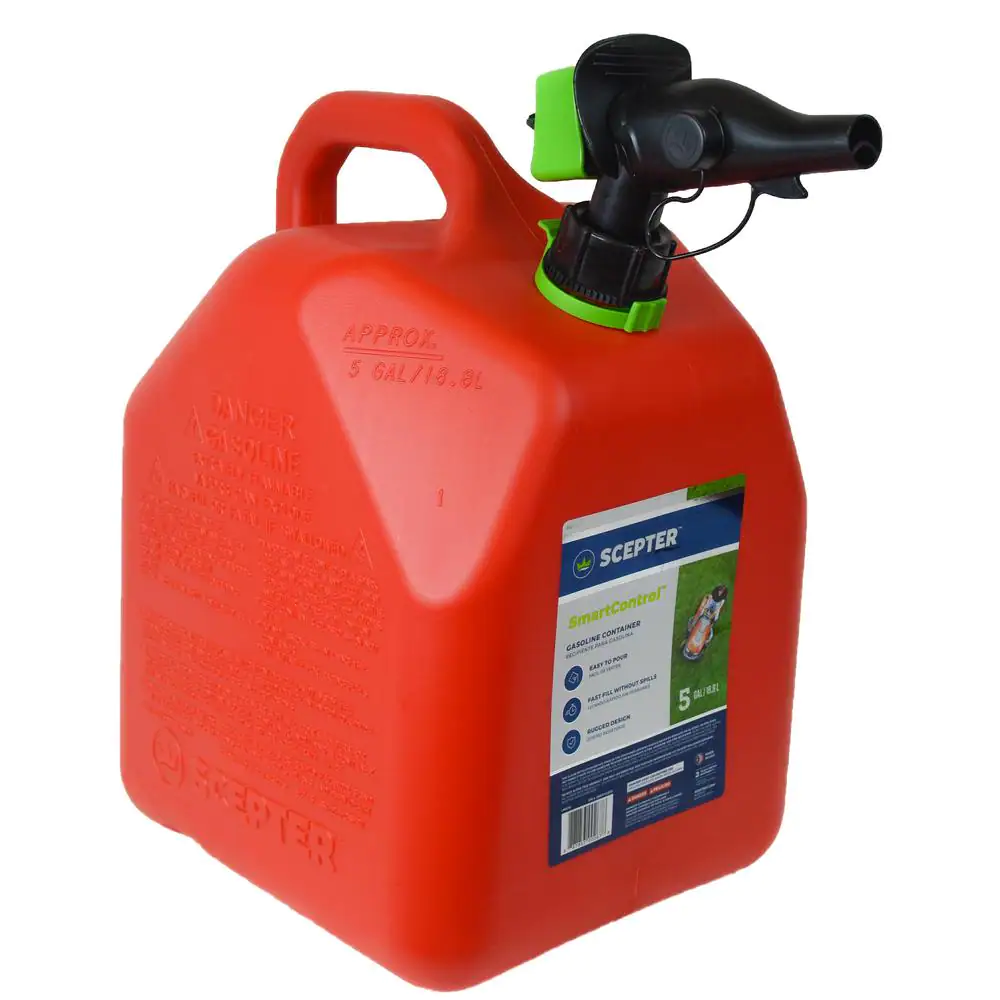
Basic gas cans are a common choice for carrying extra fuel. However, manually pouring from these cans requires a steady hand, especially in turbulent conditions. One must be cautious when using a funnel, as it might fly off in windy conditions. Some of these cans come equipped with safety buttons on the spout that need to be pressed to release the fuel, providing an added layer of protection (and complexity).
SureCan-Style Fuel Cans

A safer and more convenient option might be SureCan-style fuel cans. These cans come with a spigot at the bottom, promoting more control over the flow of fuel and reducing the risk of spills. Furthermore, their design enables you to refuel without the need to lift and tilt the can, making them an ideal choice for refueling in challenging conditions.
Seadoo Gas Cans

Designed specifically for compatibility with Seadoo watercraft, LinQ Gas Cans offer certain advantages for Seadoo owners. Their unique design enables easy and secure attachment to Seadoo jetskis equipped with the LinQ system, reducing the risk of the can detaching in rough conditions. However, just like basic gas cans, LinQ cans also require careful handling during refueling, especially in unstable conditions.
Auxiliary Fuel Tanks

For those seeking an even more streamlined refueling process, auxiliary fuel tanks can be a worthwhile consideration. These tanks can be directly connected to your jetski’s existing fuel system, allowing for seamless fuel transfer without the need for manual pouring. Some auxiliary tanks may require an additional fuel pump to assist with the transfer. This setup can significantly simplify the refueling process, reduce the chances of fuel spills, and allow for more time spent enjoying your jetski adventure.
fuel transfer
the manual process
Navigating open waters on a jetski necessitates solutions for fuel access, with portable gas cans emerging as a practical option. However, this solution carries its own set of challenges, making the process of fuel transfer a task that can be both daunting and risky.
Securing the gas cans to the jetski is a meticulous task. Tying them to the rear of the jetski, a common practice, requires careful attention to prevent the cans from being lost at sea. Moreover, unstrapping the gas can in less-than-ideal conditions such as high waves or gusty winds transforms a seemingly simple task into a balancing act on a moving jetski, demanding both skill and strength.
The hurdles don’t stop there. Once unstrapped, maneuvering a full, roughly 30-pound gas can from the rear to the front of the jetski is an arduous task, made more challenging under adverse weather conditions. The final trial, transferring the fuel into the jetski’s tank, is fraught with difficulties. Coping with choppy waters or strong winds, all while avoiding harmful spills into the marine environment, brings to the fore the need for careful handling and precise maneuvers.
In essence, while portable gas cans serve as a viable solution, the fuel transfer process presents significant hurdles. It’s a challenging route that calls for the right strategies and tools to ensure a safe, successful open-water refueling experience.
Portable Electric Pumps
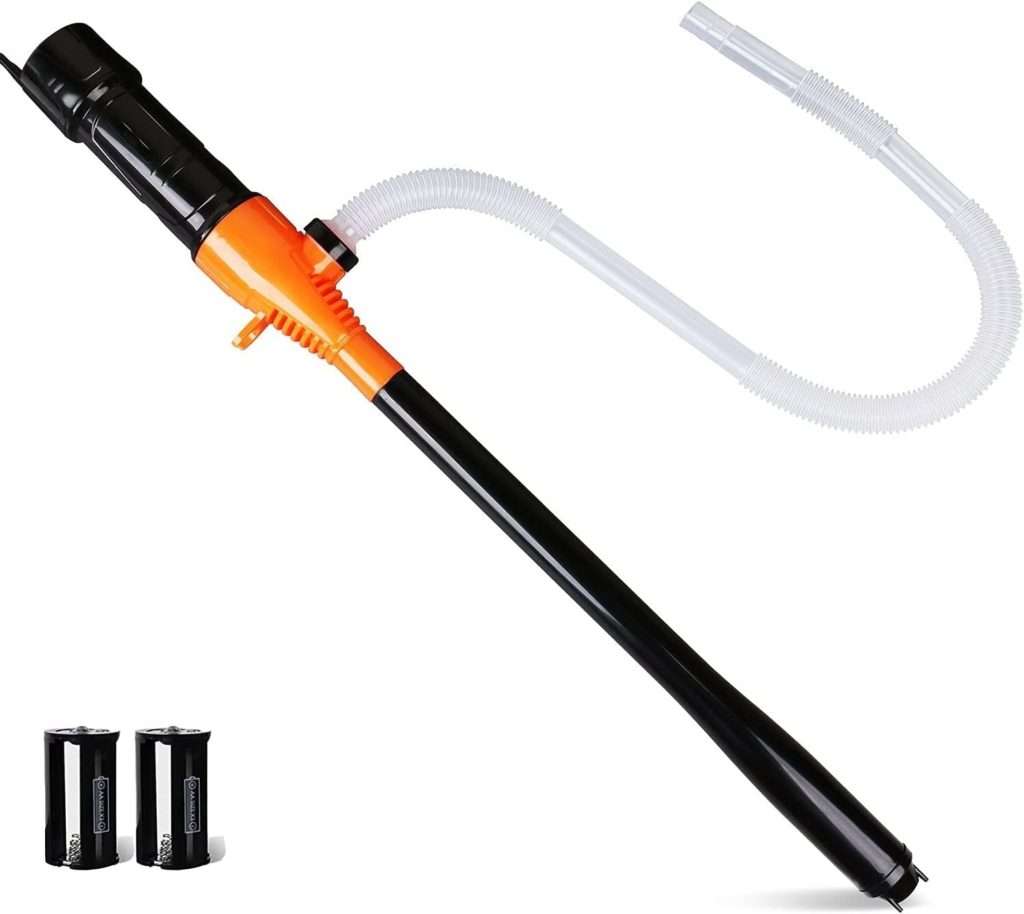
Amid the trials of open-water refueling, portable electric pumps stand out as a beacon of convenience and efficiency. These devices simplify the task by systematically transferring fuel from the gas can to the jetski, thereby minimizing the risks associated with spills.
Before initiating the fuel transfer, it’s essential to ensure that the pump can function optimally. A straightforward preparatory step involves removing the filter from your basic fuel can, thereby eliminating a potential blockage. This allows the pump to reach the can’s bottom, ensuring a more efficient fuel transfer process.
Remember that your electric pump’s effectiveness hinges on its power source. As such, carrying extra batteries is a practical step to safeguard against unexpected power shortages. It’s a small measure that provides a significant safeguard, ensuring that the pump can always function when you need it.
Another aspect to consider for ease of operation is the pump’s tube length. Should it be insufficient for your needs, attaching a hose extension to the pump can solve the problem. This simple adjustment can increase the pump’s reach, making the fuel transfer process both more convenient and less strenuous.
In short, while manual fueling presents numerous challenges, employing a portable electric pump can greatly simplify the process. A few simple preparation steps ensure that this device provides an efficient and more manageable way to keep your jetski fueled during your open-water adventures.
securing your fuel
Securing your fuel on a jetski isn’t merely about ensuring you don’t run out of gas; it’s about managing the balance and safety of your watercraft. In this section, we explore different approaches to secure your portable gas cans, ranging from DIY methods to purchasing specially designed PWC racks. Understanding these options empowers you to make a decision best suited to your specific needs, ensuring a safe and enjoyable open water adventure.
diy solutions

While some people resort to DIY methods using straps, baskets, or PVC solutions, these makeshift racks may lack stability, especially in rough conditions. Such solutions might not provide sufficient security in tumultuous waters, risking the loss of your gas can. Moreover, making alterations to your jetski for these DIY methods could potentially affect your warranty or even the performance of the vehicle. Hence, it’s crucial to carefully evaluate the feasibility of such solutions before implementing them.
manufactured racks

Acknowledging these challenges, the use of a specialized rack on the rear of the jetski presents a more efficient and safer solution. Commercial jetski racks are designed to securely hold your gas cans, reducing the risk of losing them in open water. Importantly, they provide a more accessible and secure platform to remove and replace the cans, making the process of unstrapping and strapping the cans much more manageable even in challenging weather conditions.
Beyond the primary function of securely holding your fuel supply, a jetski rack also offers a bonus advantage of carrying additional gear. This could range from safety equipment to personal items, thus maximizing the utility of your jetski. An especially useful accessory that can be conveniently carried on a PWC rack is a portable electric pump, which further eases the refueling process.
Quality vendors, such as Shorlock, offer PWC racks that are both robust and user-friendly. They are designed to withstand harsh marine conditions and are equipped with secure strap systems, ensuring your gas cans remain stable even in choppy waters. Furthermore, their high-quality materials resist corrosion, ensuring longevity and durability.
Conclusion
Successfully managing the challenges of open water refueling greatly enhances your jet skiing experience. By implementing the right equipment and techniques, you can mitigate the risks and ensure a smooth, enjoyable ride. Investing in a secure PWC rack, choosing an effective fuel transfer method, and following the necessary safety protocols are key to your open water adventure.
If you’re searching for a quality jetski rack, consider checking out Shorlock Marine. They offer a range of racks in various sizes, designed to fit multiple types of skis. Their high-quality products ensure secure fuel transportation, making them a valuable addition to your jet skiing gear. Visit their website Shorlock Marine (or on Facebook at Shorlock Marine) to explore their offerings and find the perfect fit for your needs. Keep the spirit of adventure alive by ensuring safety, and remember – your jetski’s performance relies heavily on how well you refuel. Stay safe, and enjoy the waves!
For more valuable insights and answers to common questions, immigration, accommodations, and equipment, head over to our FAQs page at https://bahamas-challente.com/FAQ

